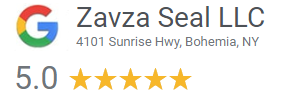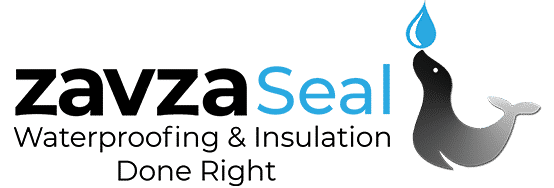
Getting Started Is As Easy as 1, 2, 3
1.
Give Us a Call
Mold Remediation Done Right!
Zavza Seal LLC – Long Island NY:
✅ High-Quality Products
✅ Cost Effective
✅ Trusted and Reliable
✅ 20+ Years of Experience
✅ Insured and Licensed
✅ 30 Years of Warranty
✅ 5 Star Service
✅ 100% Customer Satisfaction
Call us now for a FREE ESTIMATE(718) 400-7005.
Zip code: NY 11204.


Satisfied Customer Stories

Gregory Paragh

“They complete the work to the specification they outlined or better, for a very reasonable price which they are willing to work with you on. Good people and great work.”
Patrick

“The Zavza sealing company arrived promptly. The crew leader did an overview of the Job. Upon completion of the Job, The entire area was cleaned, and anything moved was replaced. Thanks for a great Job.”
Mike Delafraz

I was hesitant to accept their proposal since it was the best one! However, they arrived on time and were knowledgeable, respectful, and clean. Did more than expected and paid attention to any minor details. They even came an extra day to complete everything and ensure the Job was done to my 1000% Satisfaction.
Can Mold Grow in Drywall?
Drywall, known as gypsum board, is a prevalent material employed in interior construction projects. However, it is not impervious to the growth of mold. Under certain conditions, mold can indeed grow on drywall, posing potential risks to both the structural integrity of the wall and the health of occupants. Understanding the factors that contribute to mold growth in drywall is crucial for effective prevention and remediation.
Mold requires moisture, organic material, and favorable temperatures to thrive. Drywall, being a porous material, can absorb moisture from the surrounding environment, providing an ideal breeding ground for mold. Leaks, water damage, or high humidity levels can introduce moisture to the drywall, leading to mold colonization.
The paper backing on drywall is particularly susceptible to mold growth. Mold spores can settle on the paper surface, and if moisture is present, they can begin to proliferate and form colonies. Mold on drywall may appear as discolored patches, often accompanied by a musty odor.
Addressing mold growth in drywall requires a combination of mold remediation and mold removal techniques. First, it is essential to identify and address the source of moisture, whether it’s a leak, condensation, or high humidity. Repairing the underlying issue is crucial to prevent future mold growth. Next, affected drywall should be carefully removed and disposed of, ensuring that proper safety measures are followed to minimize the spread of mold spores. The surrounding area should be thoroughly cleaned and treated to prevent further mold growth.
Bensonhurst, a vibrant neighborhood located in the borough of Brooklyn, faces unique challenges when it comes to mold prevention and management. The area’s diverse climate and proximity to bodies of water make it susceptible to mold growth in various spaces, including drywall. Residents and property owners in Bensonhurst must remain vigilant in implementing preventive measures, conducting regular inspections, and promptly addressing any signs of mold growth through effective mold remediation strategies.
In conclusion, mold can indeed grow on drywall under certain conditions, particularly when moisture is present. Understanding the risk factors and taking proactive steps to address moisture issues are crucial in preventing mold growth.

